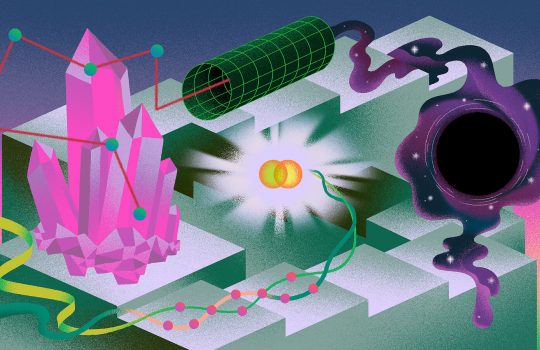Detector Technology Developed at Berkeley Lab Yields Unprecedented 3D Images, Heralding Far Larger Application to Study Neutrinos
From EIN Presswire, May 14, 2021; LBNL’s LArPix experiment result is a leap forward in how to detect and record signals in liquid argon time projection chambers (LArTPCs), a technology of choice for future neutrino and dark matter experiments such as Fermilab’s DUNE.

